Lost in Translation: In Dusseldorf, a New Show Looks at Geography and Grammar


Artnet Gallery Network

Artists often imbue their work with the spirit of their surroundings. It’s an idea that the Düsseldorf-based Setareh Gallery explores with a series of annual exhibitions called “Genius Loci,” which taps local artists from around the city to participate in a geographically-specific group show.
The sixth iteration, titled “Genius Loci 6 – Focus Los Angeles: Present Progressive,” adds a twist to the concept. The German-born, Los Angeles-based curator Marcus Herse has brought together nine contemporary artists from Los Angeles, where he’s been living and working for eight years. The artists he selected represent, as he puts it, the “possibilities of the city, without claiming to be comprehensive or exclusive.”
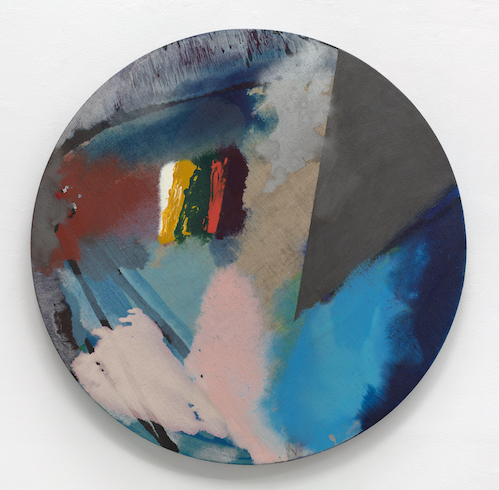
Herse’s show looks primarily at translation, or the impossibility of truly achieving precise translations across languages, cultures, and media. The title, “Present Progressive,” is an English grammatical term that describes present or future action. In German, no such concept exists.
The works range from painted portraits to abstract sculpture, but a continuous thread in the work is what Herse describes as “the opposite of an idealistic-mechanistic practice in which some idea is ‘translated’ into a material form. Rather it’s an intuitive method,” he says, “like conversing with the work rather than commanding it.”
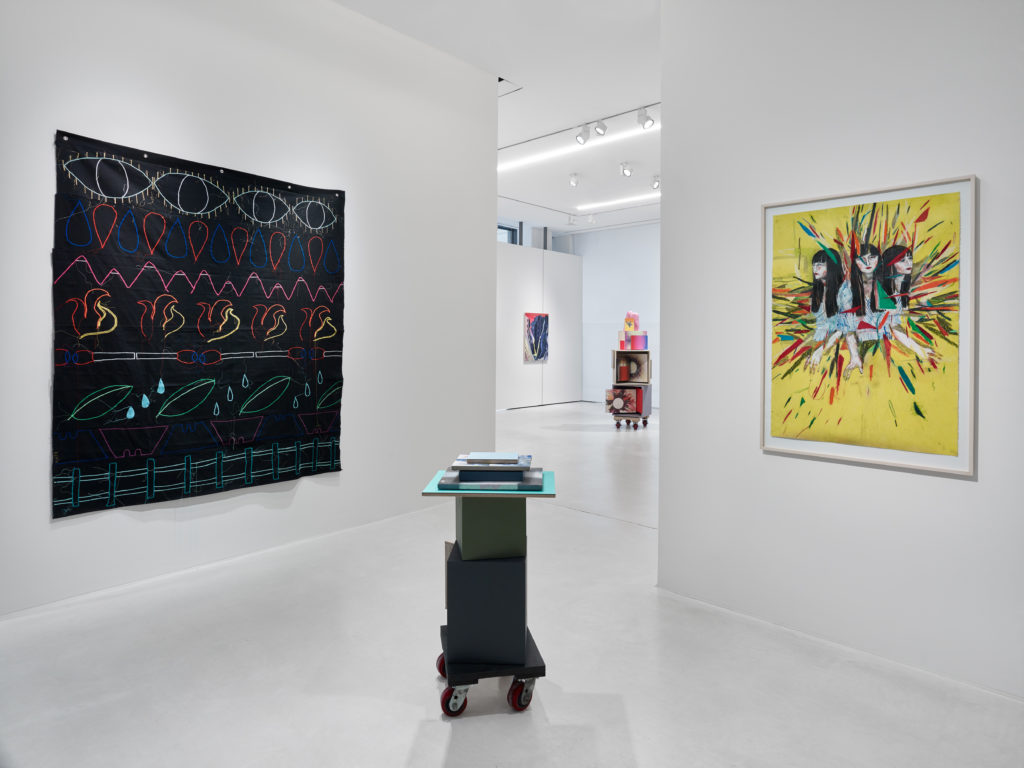
Installation view of “Genius Loci 6 – Focus Los Angeles: Present Progressive,” Setareh Gallery, 2018. Courtesy of Setareh Gallery.
The works in the show tend to have a decidedly contemporary feel. Take, for instance, a handful of figurative paintings by artist Raffi Kalenderian. The work, depicting young hipsters wearing Nike shoes and bandannas, recalls the paintings of Nicole Eisenman and Elizabeth Peyton. Meanwhile, another artist, Pamela Jorden, represents an unusual approach to painting by using round canvases and watery, bleached-out colors. Mark Flores contributes a sculpture of stacked slabs of painted canvases and colorful wood boxes, like a deconstructed painting, while Michael John Kelly presents an augmented-reality video that brings to life stagnant paintings in his studio via animations.
The slippery nature of translation, particularly between German and English speakers, was the subject of a recent study by a linguistics professor at Lancaster University, which Herse cites in the catalog for the show. The study, which showed videos of actions to both monolingual German and English speakers, revealed that the two groups actually have different ways of seeing the world.
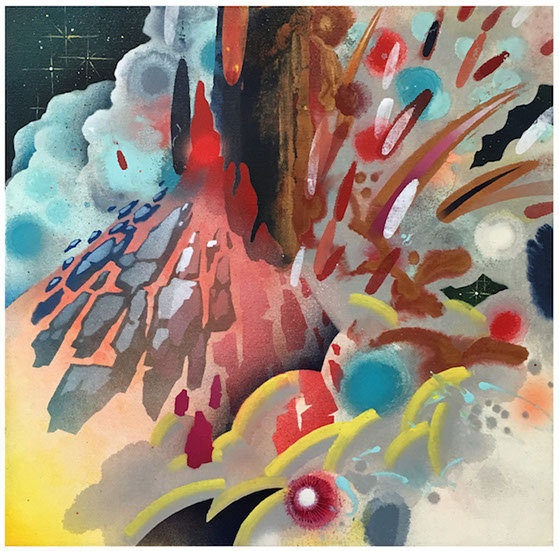
Pearl C. Hsiung’s Kamuro (2015). Courtesy of the artist and Setareh Gallery.
“In the case of the German speaker this is a more holistic and goal-oriented view, as opposed to a view that zooms in on the current activity marked by the present progressive in English,” says Herse. “In a figurative way, I find that being in the moment, even though German speakers are certainly capable of it, is something that can easily be attributed to southern California and a certain type of artist and art making. One could think about the impact that modernism has had here, how it mixed with regional craft techniques and the unique immediate style that resulted from this, which resonates in many of the works in the show.”
Below, see more works on view in “Present Progressive.”
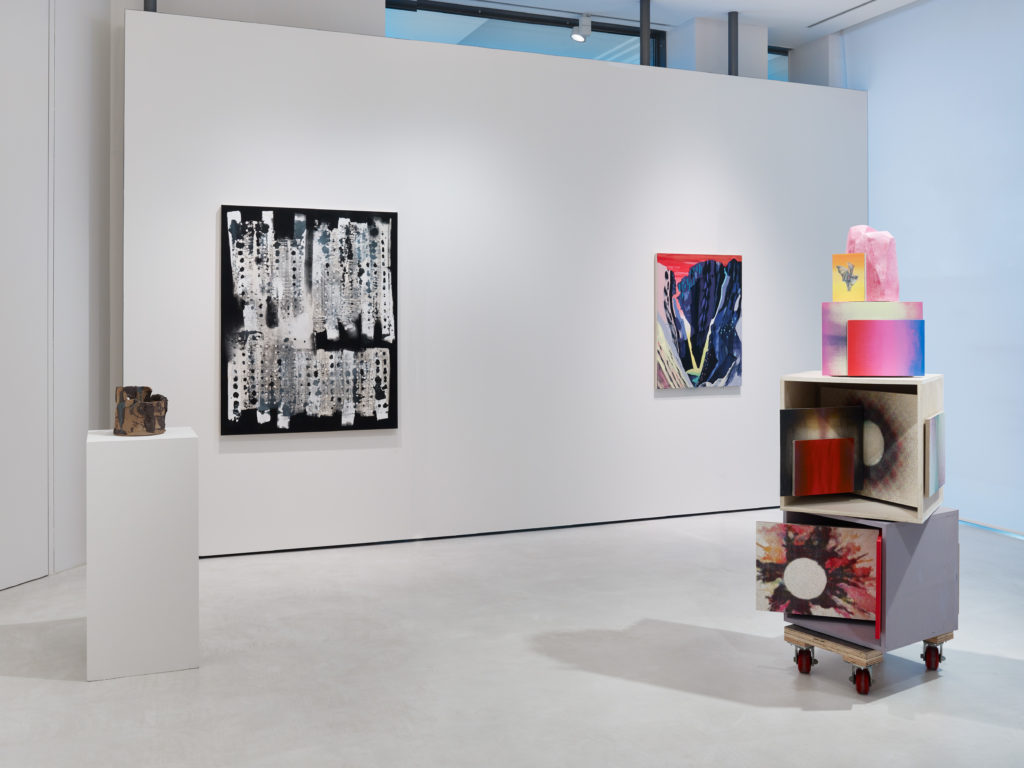
Installation view of “Genius Loci 6 – Focus Los Angeles: Present Progressive,” Setareh Gallery, 2018. Courtesy of Setareh Gallery.
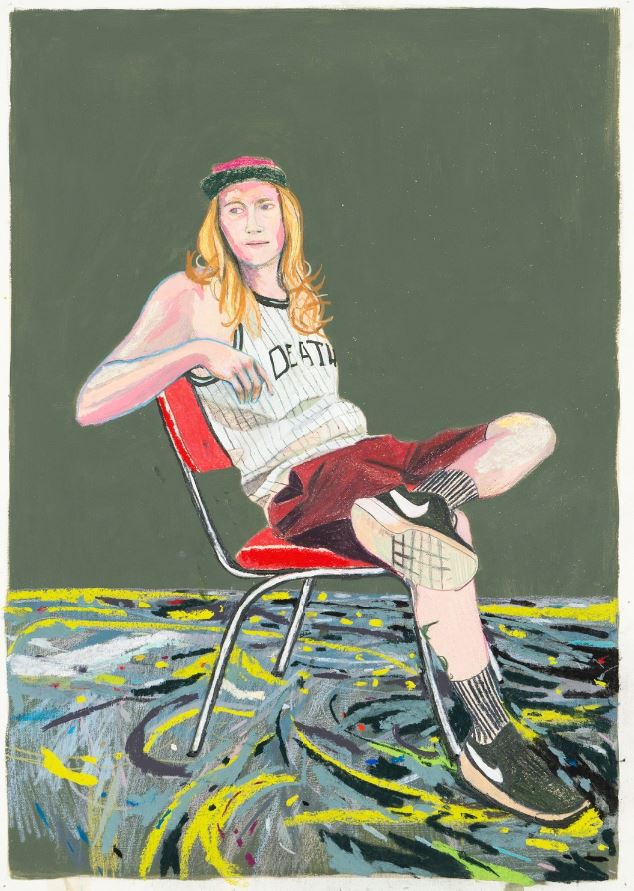
Raffi Kalenderian’s Wyatt (2017). Courtesy of the artist and Setareh Gallery.
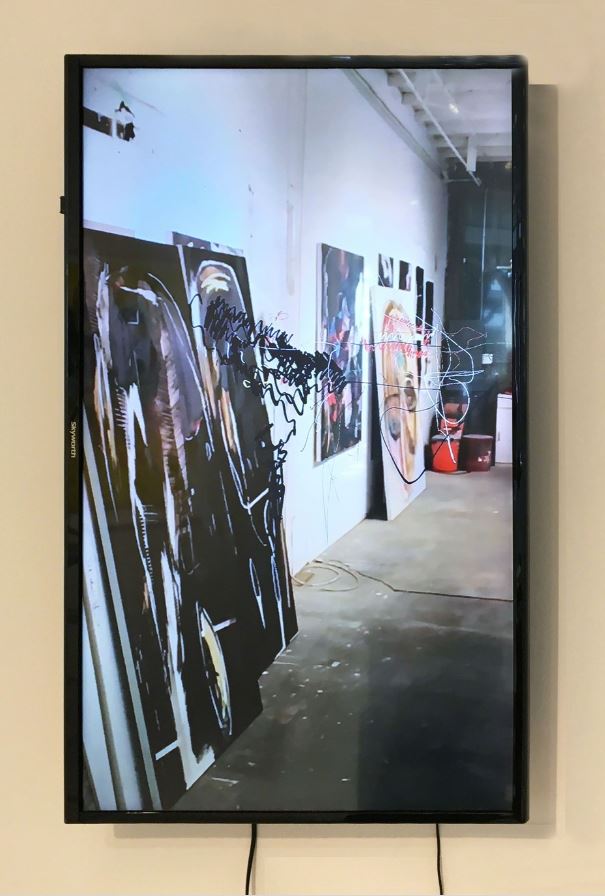
Michael John Kelly’s Terminal (Center Piece) (2018). Courtesy of the artist and Setareh Gallery.
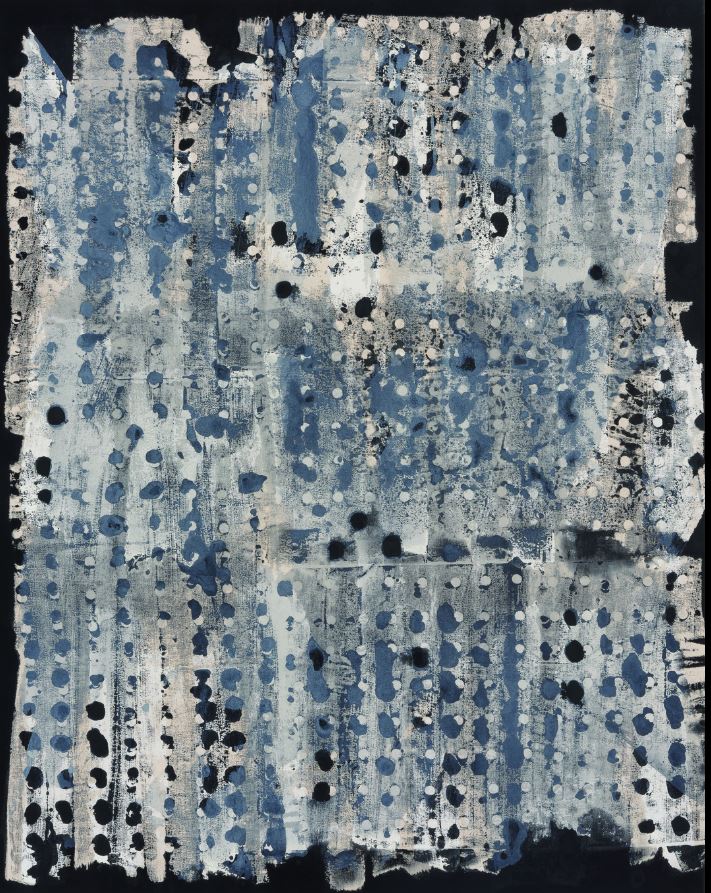
Michael Dopp’s Untitled (Blk + Wht Grid-1) (2015). Courtesy of the artist and Setareh Gallery.
“Genius Loci 6 – Focus Los Angeles: Present Progressive” is on view at Setareh Gallery through August 24.